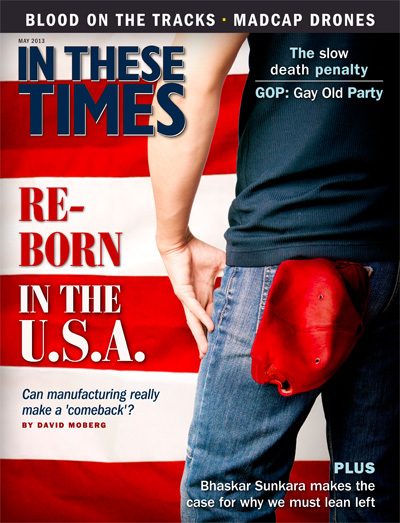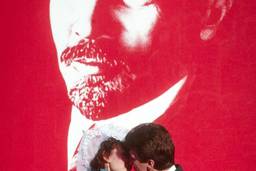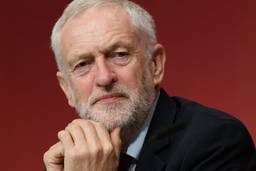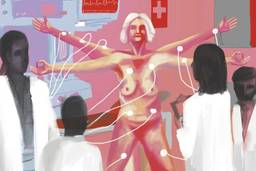
One of my sons has lived in India for more than 10 years. He’s written books about the place, and he’s currently engaged in a history of how the rest of the world has imagined or known India more or less from the word go. He nags me to remember my first thoughts about India, if, indeed, I had any. I’ve told him about Helen Bannerman’s Little Black Sambo, reading Rudyard Kipling’s The Jungle Book and seeing the Korda brothers’ 1942 film that was based on it. I must have been 9, and I think it was the first film I ever saw. I thought it was wonderful. I fell in love with Sabu, who played Mowgli, and I envied him, wanted to be him. I thought his life magical.
My other memories of India are scattered. I always knew curry was Indian. It came in a packet with a snake-charmer on it. Curry powder and raisins were used in the war to liven up the remains of the weekend mutton. I don’t think I met any Indians when I was a child, and I remember my puzzlement on hearing a Russian aunt of mine announcing — she was given to significant announcements — that Indians were very goodlooking, but she didn’t like the pink palms of their hands. Pink, of course, was the colour of India and of the whole British Empire in our school atlases. I suppose I could have filled in most of the pink bits of the world map when I was 9, because I collected stamps, and even the most exotic ones from Africa and the Far East usually had the king’s head on them somewhere among the giraffes and the palm trees. I’m sure I heard and perhaps even used the word “our” in descriptions of those pink parts of the world. Our school geography lessons, however, ignored all that in favour of a concentration on the countryside round the school, and then only up to a 25-mile radius. We never ventured beyond Portsmouth and Southampton.
Later, when I went more often to the cinema, there were Pathé Gazette newsreels, in which no one explained satisfactorily what the relation was between these small, dark people who wore no shoes and the governors and ambassadors in their gold braid, who seemed to be in charge. Black and white images of people working in paddy fields and carrying enormous bundles on their heads were to be found in that yellow magazine, National Geographic. There was always a pile of them in doctors’ and dentists’ waiting rooms.
I was 14 in 1947, the year of Partition, and though I remember newsreels about Gandhi and Nehru and, even more, oddly enough, about Jinnah, I didn’t really understand what was going on: why Muslims were leaving India for Pakistan, and Hindus travelling south to India. Nor, I think, did I know about the appalling massacres that were accompanying the process. But I suppose it was at about that time that I noticed Indians here in London, and at university there were three beautiful Bengali girls in my college. I once heard them teasing each other about which of them was a princess, and which a goddess. I have never been sure whether that was a serious conversation or not. It was there in Cambridge that I first ate in an Indian restaurant, which was called, of course, the Taj Mahal.
By the time my daughter met the man she married, a Parsi from Bombay, I knew a little more about India. I went there for the first time in 1985 and I’ve been back several times since. By then I’d learned of my own family’s long involvement with India. One ancestor went there to make his fortune in what was then Madras in 1716. A great-great-aunt of mine had taught herself Bengali in the middle of the 19th century and had written a book about her hero, the reforming Hindu Rammohun Roy. And of course I’d seen Satyajit Ray’s films by then. Today four of my six grandchildren are of English and Indian descent. India, the home of Sabu, is in the family.
My son writes of a modern India, in which cities double in size within a decade, and the economy grows almost as fast. He also writes of ancient India as “a semi-legendary land at the edge of the known world full of riches, marvels and monsters.” Some very early Greek visitors reported sighting Enotikoitoi (or ear sleepers) whose ears were so big and pendulous that they could curl them around their bodies and use them as sleeping bags. Myth and modernity have always co-existed in India, and they still do.

I hope you found this article important. Before you leave, I want to ask you to consider supporting our work with a donation. In These Times needs readers like you to help sustain our mission. We don’t depend on—or want—corporate advertising or deep-pocketed billionaires to fund our journalism. We’re supported by you, the reader, so we can focus on covering the issues that matter most to the progressive movement without fear or compromise.
Our work isn’t hidden behind a paywall because of people like you who support our journalism. We want to keep it that way. If you value the work we do and the movements we cover, please consider donating to In These Times.








